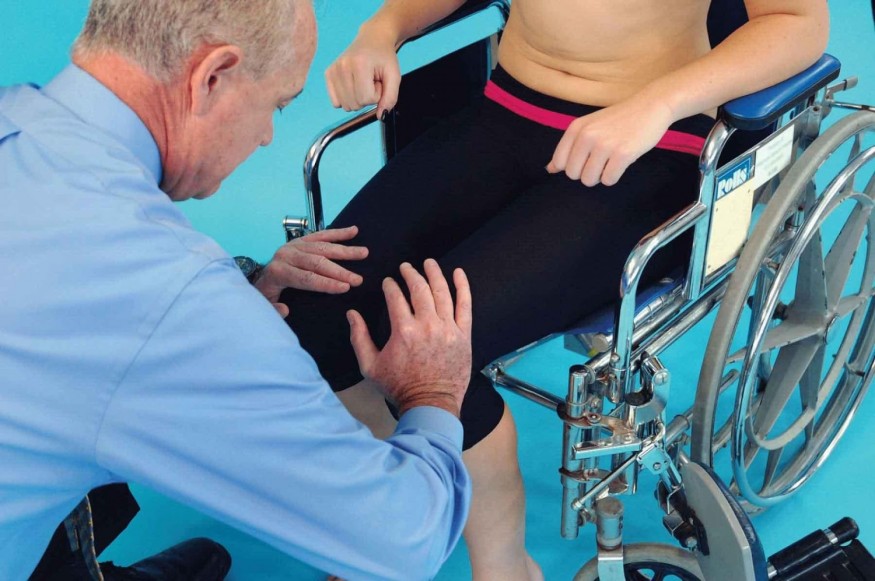
Physical therapy also referred to as physiotherapy, is the "go-to" choice for treating various conditions. Like other professions, physiotherapy has evolved to its current state. Physical therapy is multifaceted in content and the areas of the body to which it is applied. Still, often it is focused on muscle performance, as strength and endurance can be compromised by disuse, injury, and disease.
The measurement of muscle performance is considered a standard precursor of many physical therapy interventions. The performance testing process helps to identify local or generalized impairments contributing to functional limitations.
A physical therapist is a licensed professional. Although some therapists hold lesser degrees, all are now trained at the doctoral level in the United States and receive a doctor of physical therapy degree (DPT). These therapists are authorized to work in many different settings, including hospitals, rehabilitation centers, nursing homes, outpatient facilities, schools, and patient homes.
A Word on Muscle Performance
Muscle strength is characterized by the force a muscle can exert. Muscle strength directly depends on the size of a muscle's cross-sectional area. If the increase in muscle area is substantial, the strength will also increase substantially.
Diagnosis
Loss of muscle performance commonly occurs among older adults. Grip dynamometry is often the tool of choice for assessing muscle strength. Grip strength provides a fair surrogate for extremity muscle strength and is easy to measure. The patient squeezes a dynamometer with the tested hand to obtain measurements that can be compared to norms and other standards.
Dynamometry provides performance assessments for other muscles as well. These include muscles of the limbs and trunk. Dr. Bohannon and others have widely employed dynamometry in research and clinical settings.
Treatment Process
The treatment process depends on patient specifics determined during an initial assessment. These specifics include physical status and psychosocial factors; goals and interventions are determined accordingly.
Much of what the world knows today about physical therapy has its foundation in the pioneering work of leaders such as Dr. Richard W. Bohannon, who has spent forty years in the field. Besides his other works, Dr. Bohannon is widely known for his contributions to the measurement and implications of muscle performance. Scholarly associations have recognized the importance of his over 500 publications (e.g., American Society of Neurorehabilitation) and thousands of citations of his work on the topic.
Pioneering Work
The majority of his work focuses on adults and older adults suffering from neurologic issues. Neurologic problems can be complicated, and the treatment is sometimes prolonged. The complex nature of these problems has resulted in a plethora of relevant research- much of which was produced by Dr. Bohannon.












